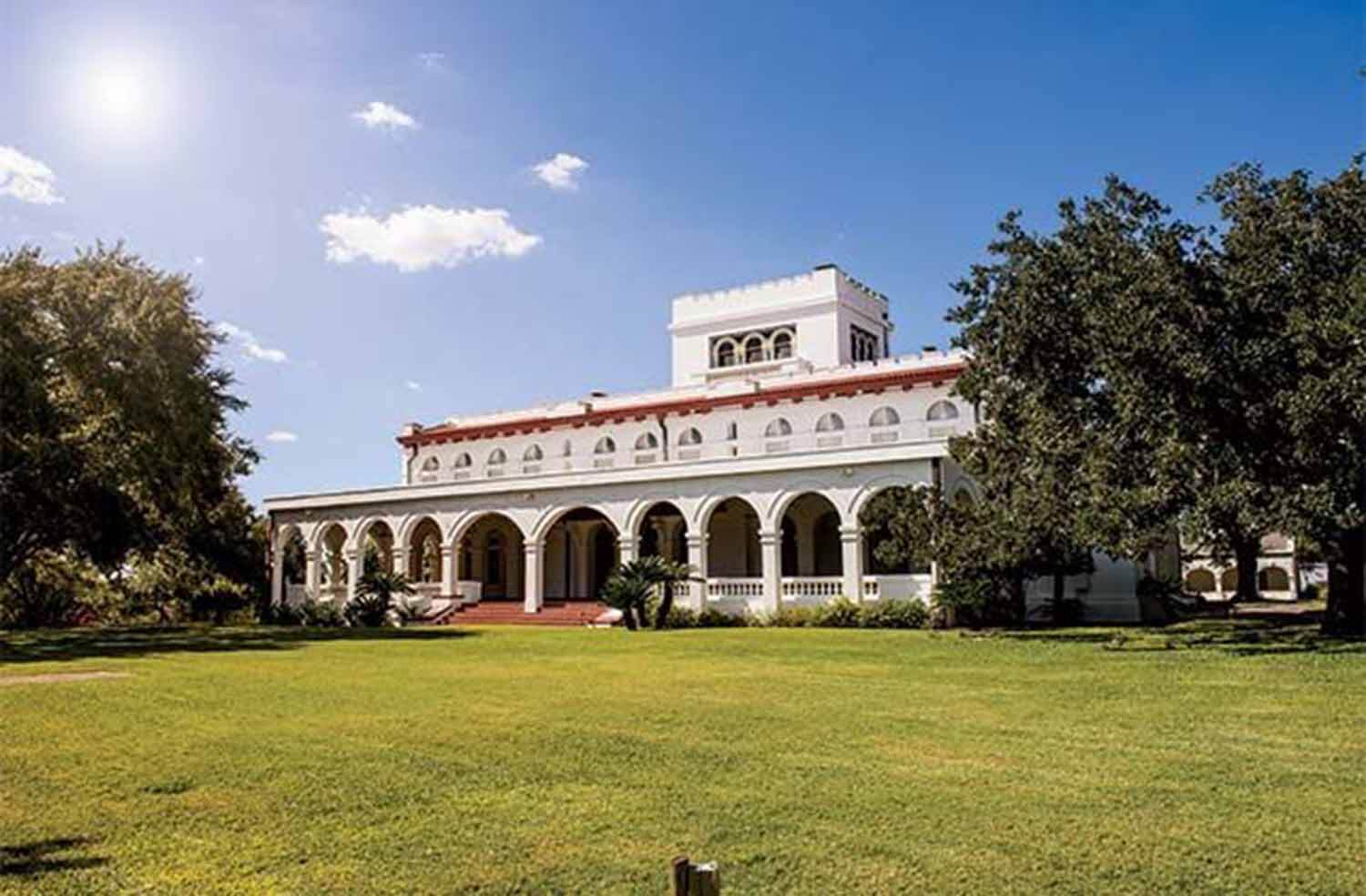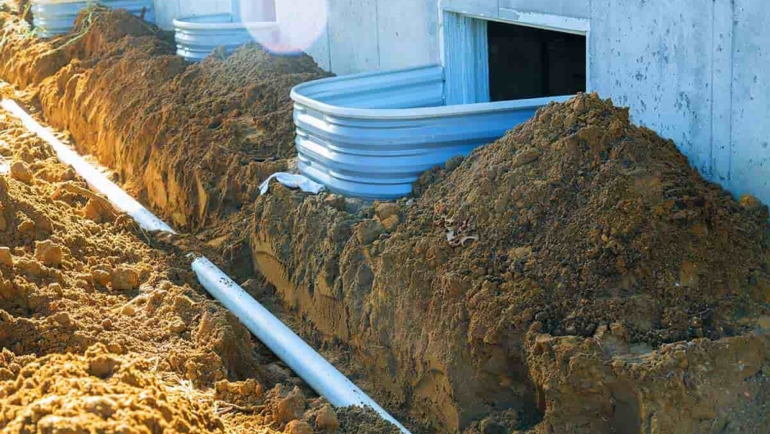Captain Richard King is a prominent character in Texas history and remembered today for the ranch that he bought in 1853 in the southern part of the state close to the Gulf of Mexico. During his lifetime, he grew the ranch to about 600,000 acres. Today the ranch occupies around 825,000 acres. But who owns the ranch now?
King Ranch is a corporation that is privately owned by around 60 people who are the descendants of Richard King. These descendants come through the line of King’s daughter Alice and her husband Robert Kleberg and their five children.
King Ranch claims not only a large piece of Texas history but the cattle history as well. The descendants who own the ranch represent continual family ownership that dates back to before the Civil War, something that has rarely been replicated in American history. Keep reading to learn more about the owners of the King Ranch in Texas.
Article Contents
How Much is King Ranch in Texas Worth?
It is difficult to estimate just how much the King Ranch is worth. It is a huge agribusiness occupying the largest amount of land of any ranch in Texas spread out over four large but separate sections.
In the twentieth century, King Ranch Inc. expanded beyond cattle ranching and is now involved in other agricultural interests such as citrus, cotton, pecans, and sod. It also offers recreational hunting.
In order to figure out how much the ranch is worth, you must have some kind of marker to go off of. In this case, that marker is the Waggoner Ranch, a ranch that was sold a few years ago and was billed as the largest ranch behind a contiguous fence.
The Worth of King Ranch
The Waggoner Ranch sold in 2016 for about 750 million dollars to Stan Kroenke. Although the exact purchase price was not disclosed, the man who brokered the deal, Bernard Uechtritz, claimed that it was close enough to the asking price to suit both the buyer and the seller.
In 2015, while the Ranch was still open to prospective buyers, it was estimated that, because of what the Waggoner Ranch was worth, the King Ranch was probably worth 1.1 billion dollars.
Given all the changes that have happened since 2015, it would be reasonable to assume that the asking price for King Ranch, Inc. would have changed some too. Nevertheless, 1.1 billion dollars is the best estimate for the worth of the ranch today.
Does the King Ranch Still Exist?
The King Ranch not only still exists, but it is also larger even than it was when the original owner Richard King died in 1885. It was 600,000 acres then and is around 825,000 acres now. But the main difference lies in the fact that now the ranch is split up into four large, but separate sections.
If these sections roughly represented the four points of a square overlaid on the four points of a compass, they would look like this:
- The Laureles section lies in the northeast along the coast, just to the south of Corpus Christi
- The Norias section lies in the southeast, also along the coast, but separated from Laureles by most of Kennedy County
- The Encino section lies in the southwest (but a bit to the north of Norias) and is mostly in Brooks County
- The Santa Gertrudis section lies in the northwest and shares a narrow connecting point with Laureles
These sections are called Home Ranches and are collectively the home of around 30,000 head of cattle, the various agricultural interests listed above, and oil wells. The corporation also sells a line of luxury clothing and accessories for men and women.
The King Ranch Main House
Not only does King Ranch still exist, but the ranch’s historic Main House, which is just east of Kingsville, Texas in the Laureles section of the ranch, is still considered the family’s private residence (even though most of the family members make their permanent homes elsewhere).
The Main House is 37,000 acres and was built in 1915, three decades after the death of Richard King, by King’s wife Henrietta. Henrietta had the large, stoic home built near Kingsville (a town to which she donated the land necessary for its founding) after a fire destroyed the previous family home in January 1912.
Today, tourists at the ranch are allowed to see the home from the tour bus but are not allowed inside. It was not until 2016 that the family permitted a photographer from Texas Monthly magazine to take pictures of some rooms on the ground floor on the occasion of the home’s 100th anniversary.
Who Are the King Ranch Descendants?
The story of the descendants of King Ranch is a bit complicated, so you might want to take a seat for this part. The Ranch was split up between multiple heirs after Henrietta’s death in 1925, but it was through the Kleberg family that ownership and management of the ranch continued.
Robert Kleberg, an attorney, married Alice, the daughter of Richard and Henrietta King. Kleberg was heavily involved in the family ranch; he had a stroke around the time of World War I, but he died in 1932. Surprisingly, it was not until after this time that the estate of King Ranch was settled.
After that, the newly widowed Alice Kleberg along with her children, all of whom were adults, bought up sections of land inherited by other family members in order to consolidate the ranch.
The Klebergs had five children:
- Richard
- Henrietta
- Alice
- Robert Jr.
- Sarah
In 1934, the Kleberg family and their children incorporated the ranch and all the children pledged to stay with the ranch.
The Kleberg’s Grandchildren
The sons and daughters of the Kleberg children went on to be involved in the operations of the ranch for quite some time.
Their legacy lasted even to their children as well. This article will discuss that more when looking at a brief history of King Ranch. For now, here are the grandchildren of Robert and Alice Kleberg, discussed according to their five children.
Richard
The oldest Kleberg son was involved both in and out of the ranch. He served in World War I and later was a Congressman.
He had a son, Richard Kleberg Jr., who went by Dick, and grew up to become an assistant to Robert Kleberg Jr. in the latter’s management of the ranch.
Henrietta
Henrietta spent some time away from the ranch in New York with her first husband, with whom she had two children, Ida Louise and Henrietta.
Later, her husband died and she married Tom Armstrong. Henrietta and her new husband went back to the ranch. Ida and Henrietta married Jim Clement and John Armstrong, who became involved in running the ranch.
Alice
Alice stayed on at the ranch until the 1950s, when she left. She and her children went on to run the Santa Fe Ranch, which was once part of the King Ranch.
Robert Jr.
Robert Jr. (“Bob”) started managing the ranch when he was in his twenties, during World War I and ran it for the next 56 years until his death in 1974 from stomach cancer.
He had a daughter, Helenita, who continued to participate in King Ranch decisions even though she had a ranch of her own in Virginia. Robert and his wife Helen also raised Sarah’s children, Belton Kleberg Johnson and Robert Richard Shelton.
Sarah
Sarah was attached to the ranch as only a tomboy could be. It was, perhaps, no surprise that she married a cowboy, Harry Johnson. But Johnson died after the birth of their son Belton.
Sarah eventually moved on and married a doctor named Joseph Shelton, but he died after the birth of their son Robert. Tragically, Sarah herself died in 1942 as a result of a car accident.
Her two sons were raised by Robert Jr. and his wife and were involved in the ranch. But when Robert Jr. died, the leadership of the ranch was given to Jim Clements, not Belton or Robert.
A Brief History of the King Ranch
Captain Richard King was a steamboat captain who ran a fleet of riverboats shipping goods up the Rio Grande. In 1853, eight years after having arrived in Texas, he found a piece of land by what is now Kingsville and what was then only Santa Gertrudis Creek.
- King used that piece of land as the beginning of what is now King Ranch
- With the help of a lawyer, he found and bought as much land as he could, running his ranch and his shipping business at the same time
During this time, the King often went to Mexico to buy cattle. In one instance King bought all the cattle from a village desperate to survive a drought. King then offered to provide the villagers with work for pay, food, and shelter at his ranch.
Those who worked his ranch became known as Kinenos or King’s men. Descendants of the Kinenos still work the ranch to this day.
As a southerner, King Ranch and King’s shipping business played roles in helping the cause of the Confederate Army, particularly by exporting southern cotton to Mexico. This enabled the Confederacy to get around the naval blockade established by the Union. When the Civil War was over, King’s ranch was up to 150,000 acres.
The Ranch after King’s Life
King’s wife Henrietta was the owner of the ranch after his death, and their son-in-law Robert Kleberg ran it. When Kleberg had a stroke and his oldest son Richard was serving in World War I, Robert Jr. took over the management of the ranch at 22 years old, and he continued to run the ranch for the rest of his life.
At Robert Jr.’s death in 1974, it was time to choose someone new to run the ranch. Many family members were involved at this time, so choosing who would take over management must not have been an easy decision. The board decided on Jim Clements, who had married into the family.
The people who stood to lose the most from this decision were Belton Johnson and Robert Shelton, Sarah’s two children who had been raised by Robert Jr. They left the company not long after the decision was made.
Today King Ranch continues to be owned by the descendants of the Kleberg family but the CEO position has not been held by a family member since 1987 when the position was given to Darwin Smith.
Conclusion
King Ranch is an important part of Texas history and of ranching history in the United States. King was highly influential in the ranching world both here in the United States and elsewhere in the world. There was a time when King Ranch held land internationally, and its collective landholdings were well above one million acres.
While the ranch has decreased somewhat in size over the years and the Texas land has been broken up, it still comes in at an astonishing 825,000 acres. This makes King Ranch the single largest ranch in Texas, still owned by the same family.



